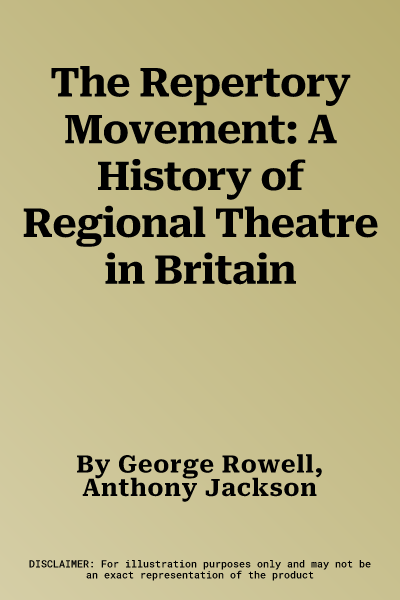This is an account of the origins, development and current state of the
repertory theatre movement in Britain. The movement had its roots in
ideas, experiments and traditions stretching back into the nineteenth
century, and first found its voice in 1907 with Miss Horniman's company
in Manchester. Since then it has played a vital - often a dominant -
role in British twentieth-century theatre. As a method of theatre
organisation, repertory refers to those theatres based primarily in the
regions, housing a resident acting company and seeking to maintain each
season a programme of plays catering for the tastes of the whole
community. But the theory has never been dogmatic and the movement has
evolved from a gamut of complex factors, not least the visions of
particular personalities. Major landmarks in the history include the
effects of the two World Wars, the advent of substantial state funding
for the Arts, the growth of cinema and television and the renewal of
theatre's link with the community in the form of such initiatives as
Theatre- in-Education. The history concludes with a detailed study of
six representative regional theatres: The Nottingham Playhouse; The
Citizens' Theatre, Glasgow; The Salisbury Playhouse; The Victoria
Theatre, Stoke; The Everyman, Liverpool; and The Royal Exchange,
Manchester. Appendixes include a Chronology, sample repertory programmes
from the period, audience attendance figures and some comparative
statistics about funding. Interspersed through the text are photographs
of selected theatre exteriors, auditoria, stages and productions.

